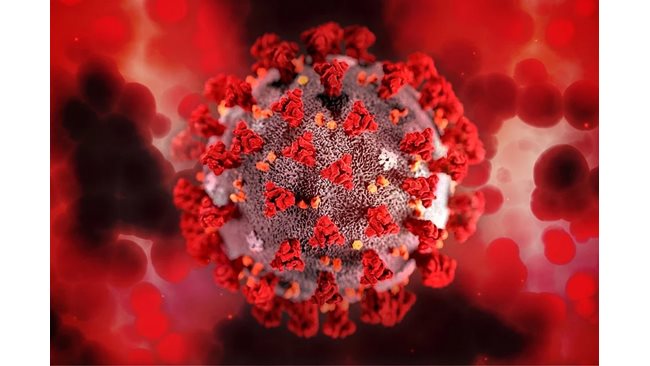JAKARTA – Fifty years ago, astronauts on one of the Apollo missions NASA stuck a pair of tubes 35 cm long into the surface of the Moon.
After the tubes were filled with rock and earth, the astronauts – Eugene Cernan and Harrison “Jack” Schmitt, sealed one of the tubes with a vacuum.
Reporting from NPR, Monday (14/3/2022), while the others were put in normal containers that were not tightly closed. The two of them were brought back to Earth.
Now, NASA scientists at Johnson Space Center are preparing to carefully open the first tube, which has remained tightly closed for years since the Apollo 17 mission in 1972, the last time humans set foot on the moon.
Then, why have to wait decades to open it? NASA considered the technology at that time did not support further research on the samples taken.
“NASA knew science and technology would evolve and allowed scientists to study matter in new ways to puzzle within it (matter from the Moon),” said Lori Glaze, director of NASA’s Division of Planetary Science.
The unsealed canister from that mission was opened in 2019. The lunar soil layer has been preserved, and the sample provides insight into a subject such as a landslide.
Since the sample to be opened is still sealed, scientists think it may contain something other than rock and soil, such as gas.
The tubes used may contain substances known as volatiles, which will evaporate at normal temperatures, such as water, ice, and carbon dioxide. The material at the bottom of the tube is also very cold.
The amount of gas in the sample is thought to be very small, so the scientists used a special device called a manifold, designed by a team at Washington University in St. Louis, to extract and collect gas.
Another tool was developed by the European Space Agency (ESA) to penetrate samples and capture gases as they evaporate. Scientists there refer to the device as the “Apollo can opener.”
A careful opening and picking process has begun, and so far, it’s going well. The seal on the inner sample tube appears to be intact.
Now, the stabbing process is underway, with that “Apollo can opener” hopefully ready to trap any gas that might escape.
If gas is present in the sample, scientists will be able to use modern mass spectrometry technology to identify it.
Mass spectrometry is a tool for analyzing and measuring molecules. Gases can also be divided into small samples for researchers to study.
“Each component of the gas analyzed can help to tell a different part of the story about the origin and evolution of volatiles on the Moon and in the early Solar System,” explains Francesca McDonald, who leads the project at ESA.
–
–


